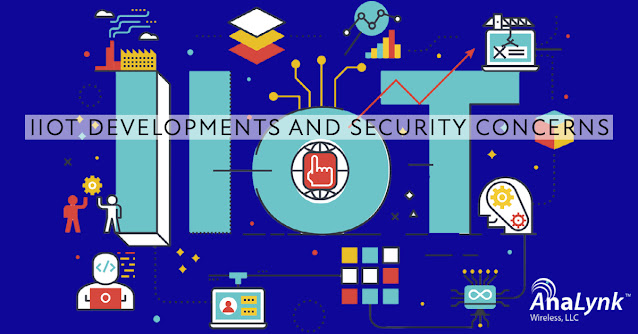The Industrial Internet of Things (IIoT) refers to sensors, controllers, actuators, tools, and other devices interconnected with industrial computer applications, including manufacturing and energy management. This connectivity facilitates collecting, distributing, and reviewing data, potentially promoting productivity and quality improvements, and other economic benefits. The IIoT is an evolution of a distributed control system (DCS) that uses cloud computing to refine and optimize process controls, allowing for a greater degree of automation.
In the manufacturing industries, the term industrial internet of things refers to the IoT industrial subset. Improved efficiency, analytics, and the workplace's transformation are future advantages of the industrial Internet of things.
While connectivity and data acquisition is essential for IIoT, they are not the ultimate objectives but rather the basis and path to something larger. Predictive maintenance is an "easier" application of all technology related to current asset and management systems. Smart maintenance systems will minimize unnecessary downtime and improve efficiency, estimated to save up to 12 percent over planned repairs, reduce total maintenance costs by up to 30 percent, and eliminate breakdowns by up to 70 percent.
Wireless connections are increasingly used in IIoT deployments to boost industrial data services' operational communication, such as capturing vast process data, interacting with industrial robots, and monitoring machines/parts/products on and beyond the factory floor.
Industrial users typically play a much more decisive and active role in deciding wireless services in their plants than personal customers in the wireless market. A collaboration between operational technology (OT) engineers, information technology (IT) device architects, and wireless network planners is inherently a wireless system architecture for IIoT applications. The newly founded 5G Alliance for Connected Industries and Automation (5G-ACIA) has provided some inputs from industrial manufacturers in the form of white papers.
There are no one-size-fits-all wireless solutions for industrial use cases as the service requirements, and operating environments may differ vastly from one another. Earlier industrial wireless networks provided connectivity in each single vertical manufacturing sector. As a result, the solutions that function well under the specific service requirements and operating conditions may only yield limited value in different use cases. Wireless success in more emerging IIoT applications will require wireless networks to facilitate the broader and deeper digital contact with industrial systems and provide flexible interfaces and quick deployments while keeping data integrity.
For more information, contact
Analynk Wireless.
(614) 755-5091






